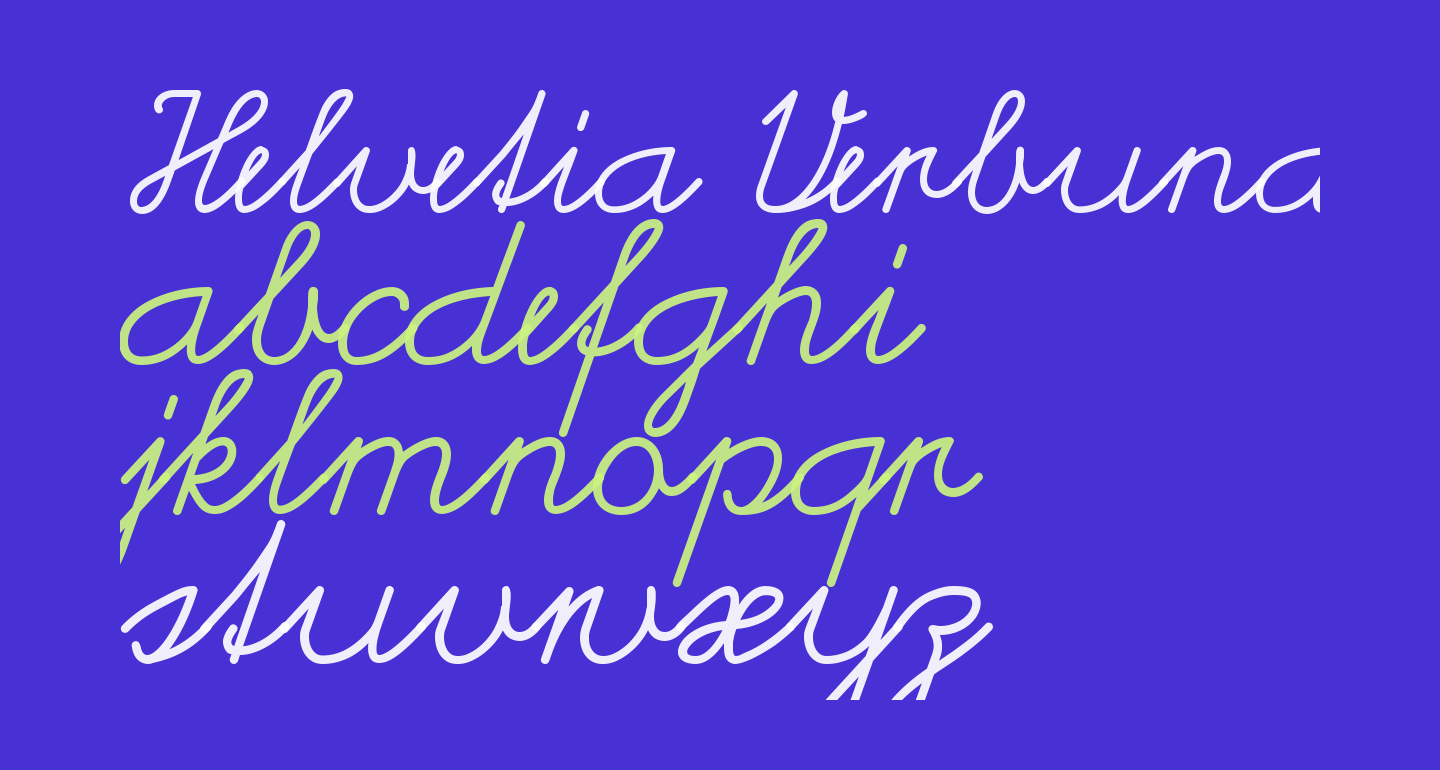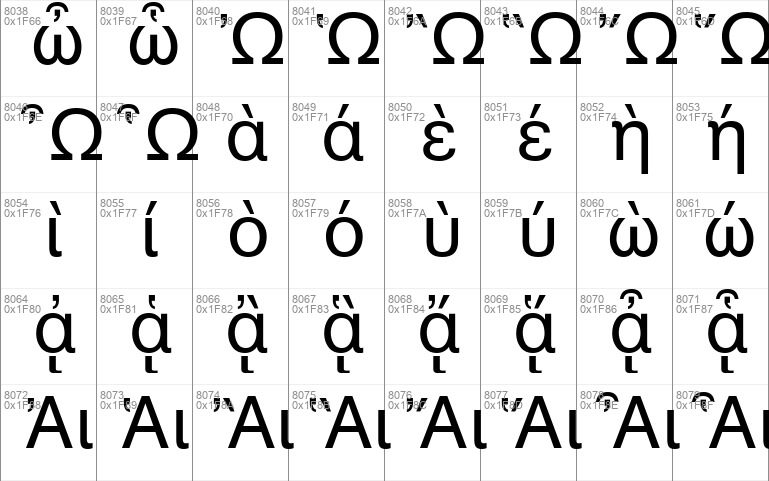
Helvetica is a game-changer in upgrading simple text compared to other dense fonts.ĭue to its clean appearance, Helvetica once held a prominent position at NASA. This is why it is considered the most suitable font for text-based projects. The density of the font is more of a blessing than a disadvantage.Įven in low light, the Helvetica font is easy to read and understand. In other words, Helvetica characters are dense and solid. The characters in Helvetica are large in height and nearly spaceless. Not only is the font’s structure unique, but its variants are equally readable despite having different weights and widths. Helvetica is the most used sans-serif typeface in the world among all sans-serif typefaces. The Helvetica font is used in various fields and applications where legible typography is required.
HELVETICA WEBFONT LICENSE SOFTWARE

Helvetica, the iconic font, has been effectively used in various modes of transport, including the New York City Subway map by designer Massimo Vignelli and airline logos.

This typeface has become an unmatched achievement in visual culture, from street signs to literature to marketing communications. It is an easy-to-read font from a distance, up close, or on the go. Modern taste and attention to detail are reflected in its excellent balance and ease of use.

It has been more than 60 years since Helvetica became the world’s favorite typeface for graphic designers. What is the current use of the Helvetica font?

It has wide capitals of uniform width, a square-looking “s,” a bracketed top flag of “1,” a rounded off square tail of “R,” and a concave curved stem of “7.” It can be difficult to read onscreen and in small print sizes due to its narrow apertures and lack of visible difference between upper-case and lower-case letters. As a neo-grotesque typeface, Helvetica has an oblique style instead of an italic style. A brief description of Helvetica font characteristicsĭue to the font size, it is easy to read the font at a distance despite the tight spacing between letters. When the typeface was presented at Graphic 57 in Lausanne, Switzerland, it was an instant success. In addition to being neutral, the font did not have any intrinsic meaning, so it could be used for various signage applications. It is one of the most popular typefaces of the mid-20th century. Later, Stempel and Haas decided to name Miedinger’s font “ Helvetica,” which is close to the Latin name of Switzerland, Helvetia. Moreover, the Stempel type foundry, the German-based parent company of Haas, found it challenging to market a newly developed typeface in Germany under Haas’ name. Despite its benefits, the creation had a few flaws. Max named this typeface “ Neue Haas Grotesk,” which means “New Haas Sans Serif” in English.


 0 kommentar(er)
0 kommentar(er)
